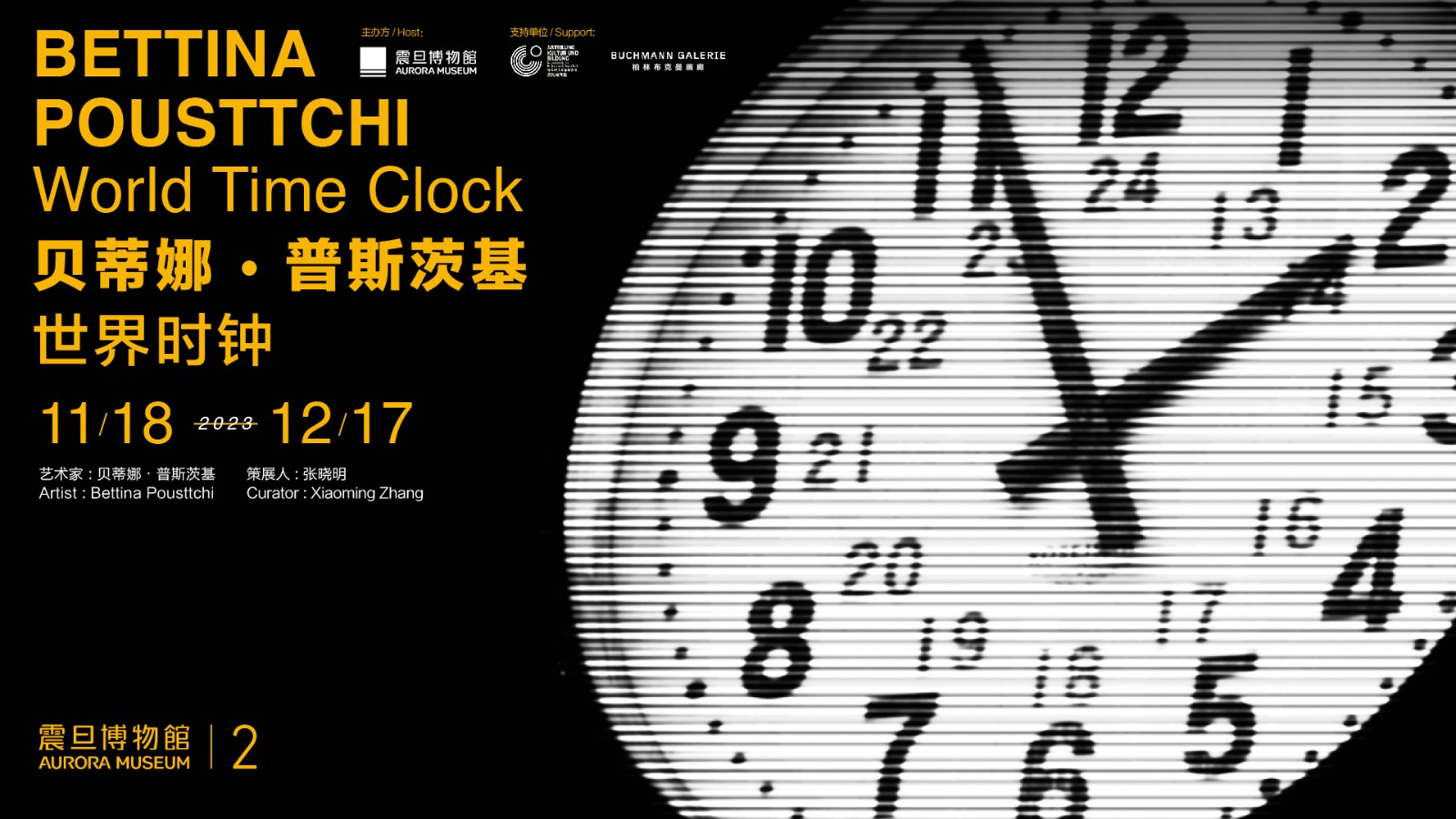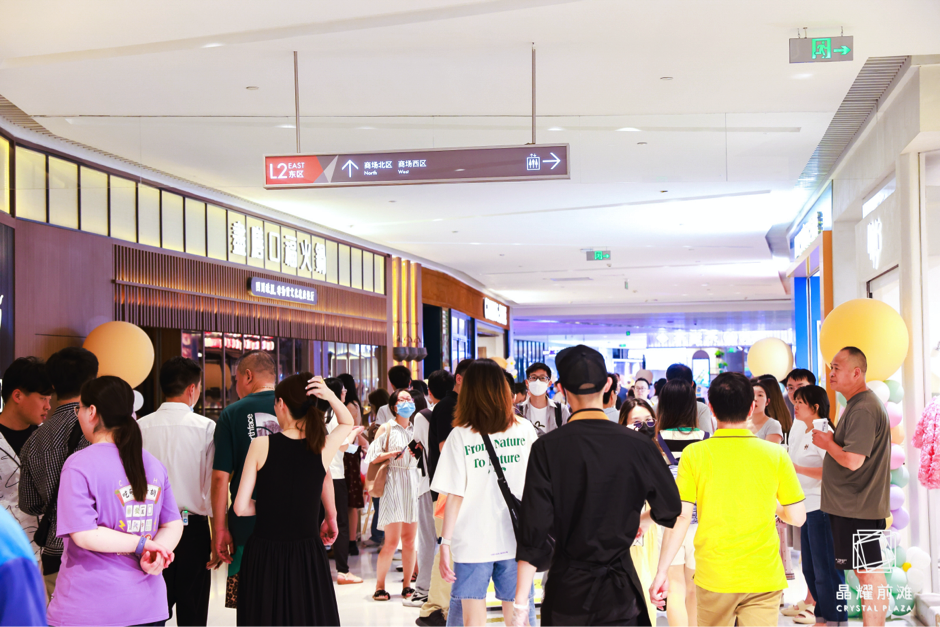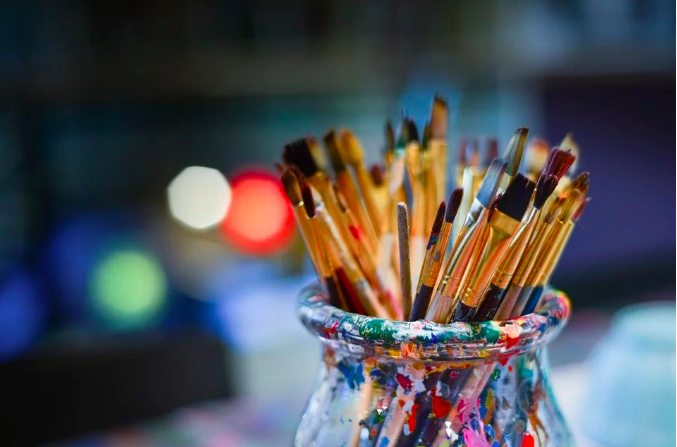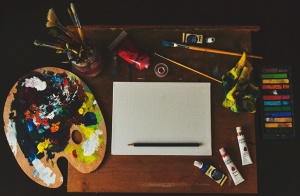How to Order a Custom Oil Painting in Shenzhen's Dafen Village

This past March, after years of teasing questions from relatives, my brother finally tied the knot with his partner in San Francisco.
As a wedding present, I decided on a custom painting from Shenzhen’s very own Dafen, known for cheap Impressionist knockoffs and nondescript abstract art that adorn the walls of subpar hotels around the world.
Inside this Chinese urban village, where artists mimic Van Gogh stroke for stroke and alleys double as ateliers, Shenzhen's entrepreneurial spirit is married with artistic creativity – a picture-perfect symbol of the city we call home. What better than a European-inspired, Chinese-made work to honor an Asian-American union?
READ MORE: Documentary Profiles Shenzhen's Van Goghs
At least, that was the idea. A few weeks later, as I examined the creepy doll-like faces of my brother and his fiancee in the painting I had commissioned, I wondered where it had all gone wrong.
But never fear; this story has a happy ending. Below are some lessons learned on my journey through Dafen’s famous workshops.
1. Know what you’re looking for.
Luckily for me, the happy couple had uploaded photos online, allowing me to pick and choose. If you can’t find the exact shot you’re looking for, at least select a few similar examples, with close-ups of any faces or details you want to be shown accurately.
If you want a specific look, such as a garden scene in the style of Monet, be sure to search for and download a few examples. Keep them handy as you talk to artists. The more clearly painters can visualize what you want, the better the results will be.
2. Scout early and thoroughly.
Artists here are used to painting quickly. A custom work may take as little as a day to complete, sometimes less.
If you plan to check in and offer feedback (i.e. micromanage) during the process, however, it’ll take longer. Be sure to plan ahead, and discuss the timeframe from the outset with the studio of your choice.
Dafen painters, like most artists, also specialize in different areas and styles. Some create only photorealistic portraits, while others stick to pastoral landscapes. If you ask someone used to painting trees to do faces instead, you may regret it. Other artists outright refuse to paint outside their areas of expertise.
3. Custom paintings aren’t always bargains. Come to terms with this.
Despite Dafen’s reputation, depending on the painting, a custom work might not be a steal.
You may be charged not only by size and materials used, but also the difficulty of the subject matter. Two people are harder to draw than one. Faces are especially finicky; a few wrong strokes, and an artwork veers right into the uncanny valley.
Some may try to add extra fees for special-occasion works, in which case you should use your discretion.
During my search, an oil painter in an alley offered to create a medium-sized, Impressionist-style work for RMB500. A dealer in a relatively large studio, by contrast, insisted it couldn’t be done for under RMB900. This, while standing by stacks of canvases embossed with tacky metallic flowers.
I ended up choosing a painter in a small studio displaying works that I liked. He offered a reasonable price that fell between the two extremes.
4. Speak up early.
If you don’t like how a painting looks early on, you probably won’t like it once it’s finished. Ask the artist to keep you updated as the work progresses, most likely by sending you photos over WeChat. Be sure to point out and ask about anything you’re bothered by.
For instance, I used a photo of a sunny countryside landscape painting to demonstrate the kind of brushstrokes I liked.
In response the artist replicated the look, right down to the idyllic brown cottage on the side.

Frequent communication is especially important because the further the work progresses, the harder it is to make changes. Thus these faces, which will probably haunt my dreams for months to come…


…got thankfully blurred out by the next layer of paint.
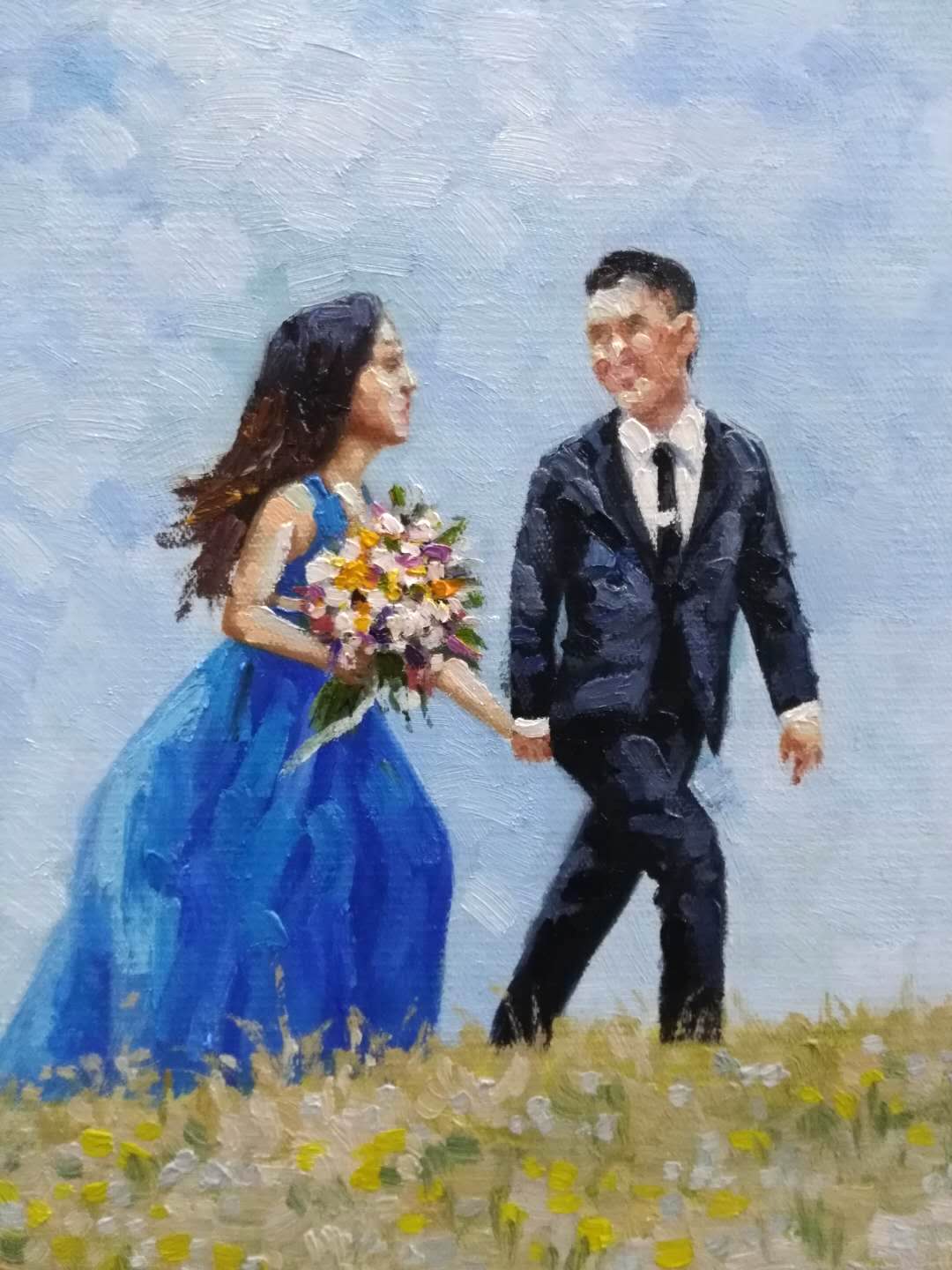
Still missing eyes, but much improved.
Had I mentioned my misgivings later, the textured strokes of paint might have been difficult to cover up.
Finally, it goes without saying that most of the steps above can only be accomplished with a reasonably fluent grasp of Chinese. Enlist a friend’s help or brush up – ha – on your Mandarin art vocabulary before setting out to get your very own masterpiece.
See listing for Wave 80 Studio.
See listing for Dafen Oil Painting Village.
[Cover image via Sky Gidge]
Get the weekly newsletter!
Sign up to get the entertainment, lifestyle and event news from Urban Family every week!Classified Posts
News











